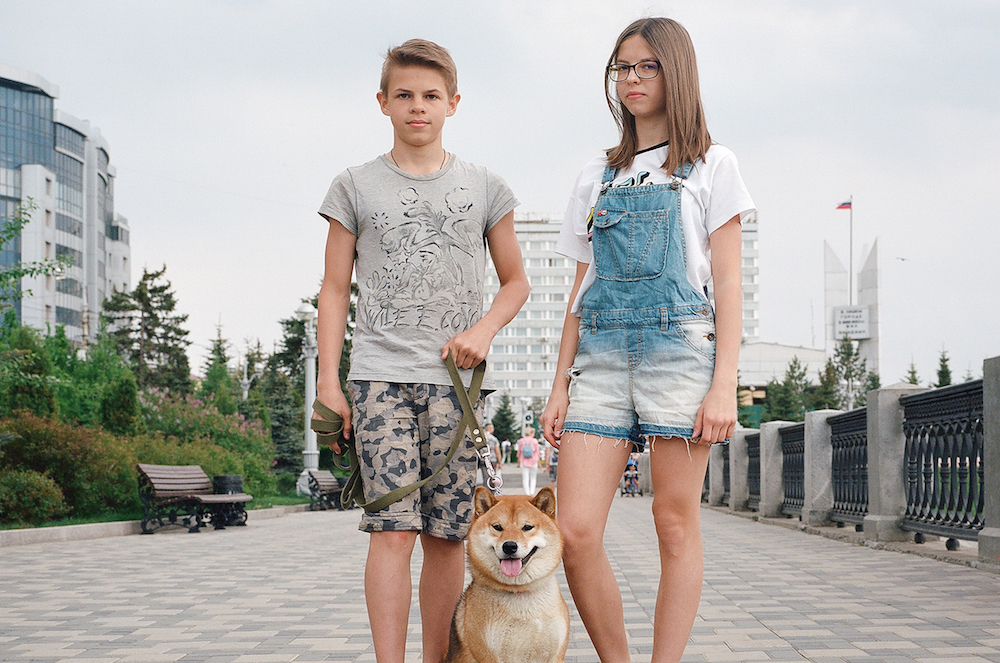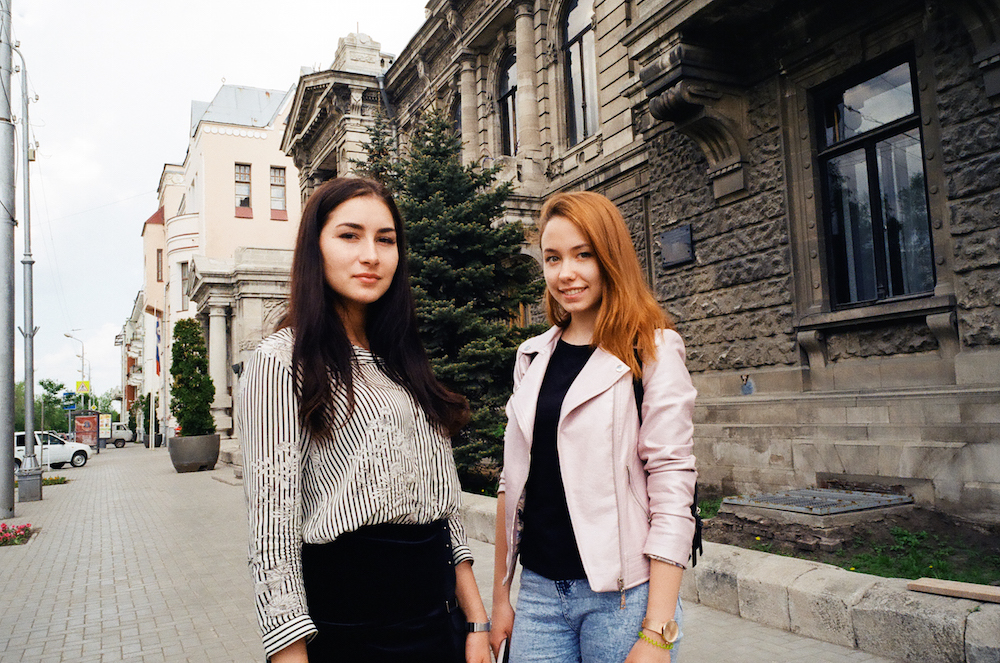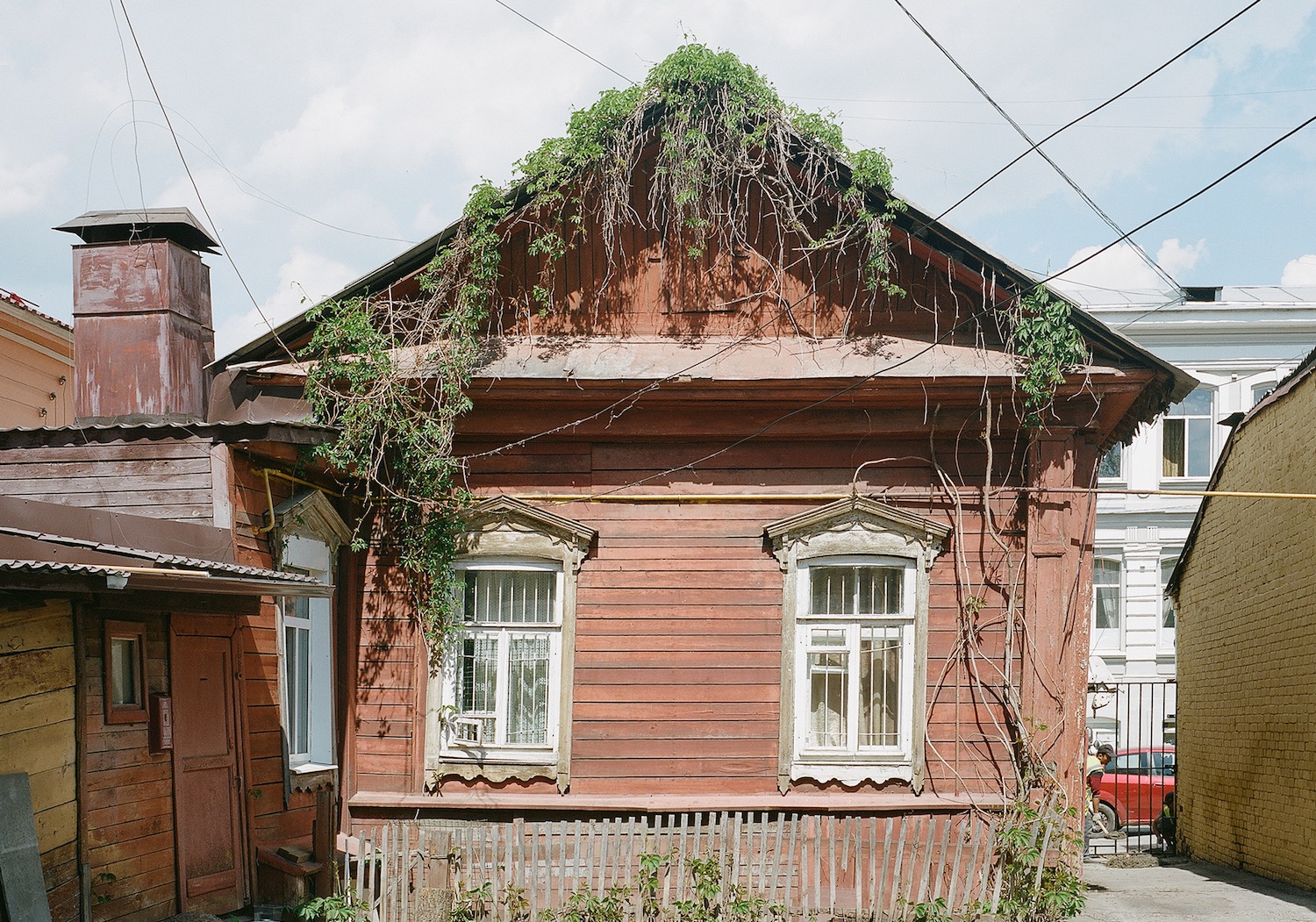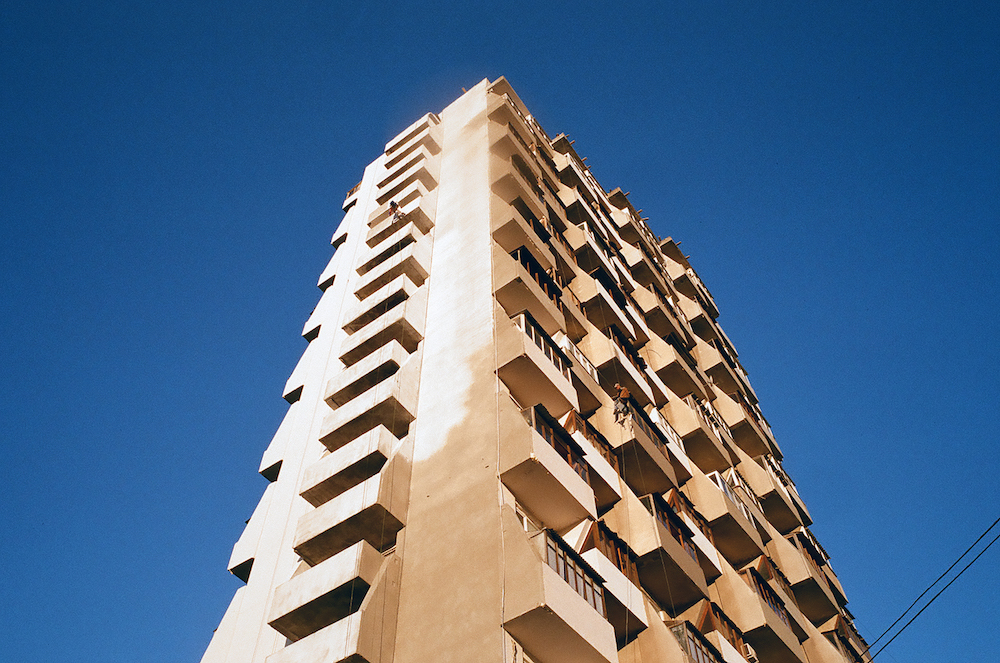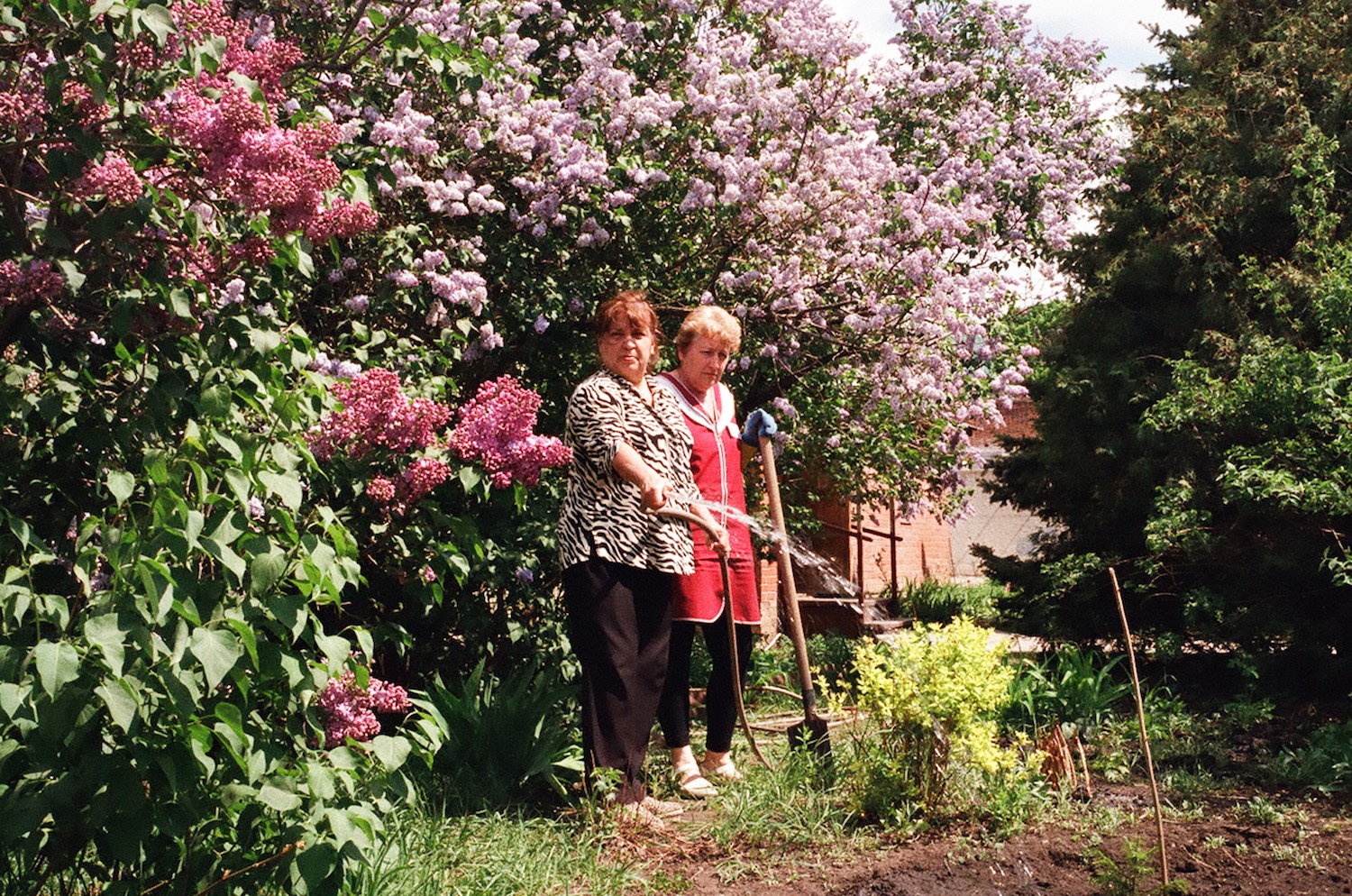Round the houses: explore Samara’s architectural history, from wooden streets to Soviet grandeur
Samara’s architecture reveals its history as a unique melting pot of classes and cultures — and the importance of protecting this heritage in the face of rampant development
Those who have left Samara to pursue ambition and money outside the city consider it a sleepy resort. The local youth would agree. For the older generation, it’s Cosmic Kuibyshev (as it was known in the Soviet period), the centre of Russia’s 20th-century aero-space industry. Before the Soviet period this was a non-aristocratic melting pot of merchants, the new industrial bourgeoisie and a cultural mix of Orthodox Russians, Tatars, Jews, Poles and Germans.
One of the largest Russian cities, with 1.2 million inhabitants, Samara presents an amazing and peculiar opposition between the urban and natural environments, with the city and a national park and nature reserve separated by the river. A 15 minute journey is all that is needed to fully inverse the ambience from one to the other. For the summer season many people trade their apartments for life in self-made shelters and tents in self-organised beach settlements on the banks opposite the city. In October they bury all their belongings on these islands; after the May spring floods they’ll be back to uncover them and start a new resort season. The Volga River is the main actor in the city. You can’t understand Samara without the immense, iridescent watery surface, with the Zhiguly mountains in the background, visible through the streets that are perched above the picturesque embankment and a line of sandy beaches.
The footprints of the ancient fortress near the confluence of Volga and Samara Rivers were totally erased by the expanding industrial zone in the middle of the 20th century. As a result, the 19th-century Zhiguly brewery has long acted as Samara’s equivalent of the Kremlin, a site of concentrated mental significance. An expressive architectural complex created by Austrian citizen Alfred von Vacano in the 1880s, it produces local varieties of beer. It includes a factory on the banks of the Volga with a marvelous director’s house, two restaurants and a set of kiosks where tapsters in white gowns fill customers’ large plastic bottles with the amber liquid.
Samara was a non-aristocratic melting pot of merchants and a cultural mix of Orthodox Russians, Tatars, Jews, Poles and Germans
At the end of the 18th century, during the reign of Catherine the Great, more than 300 Russian cities were restructured in an attempt to introduce a more “regular” order to the country’s urban space. The vast majority of these retained rather irregular features because of specificities of the landscape; because of the soft hilly relief on which it is based, however, Samara has the clearest regular planning structure. 140 almost entirely equal blocks form an Old City full of masterpieces in all styles from the cusp of the 20th century. The territory is divided into stone and wooden cities. The stone city is representative of the commercial and administrative activities that took place here, a place of noble mansions and dwellings whose main streets of Kuibysheva, Frunze and Leningradskaya form marvelous rows of eclectic facades in art-nouveau, Moorish, Renaissance and Empire styles.
The vibrant commercial identity of the old city is strongly evident in the private architecture of its mansions. There are very few buildings in the strict classical style that was so common in the Russian provinces. Classicism was a symbol of state power; by contrast, Samara’s streets demonstrate the great variety of personal ambition, extravagant tastes as well as tastelessness. That’s why art-nouveau, the antipode of classicism, is so widespread here. The 1902 Kurlina Mansion, by the architect Zelenko, is the most expensive pre-revolutionary private house, and is now occupied by the Art-Nouveau Museum. The most expressive mansion is that designed by Alexander Scherbachev for the Engineer Clodt in 1898, and looks like the fairytale castle of the Disney logo, full of pretty follies and now with a beautiful children’s art gallery inside.
Whilst it is now largely abandoned, in the 19th century Alexey Tolstoy Street brought together the residential buildings of the richest Samara citizens: the Subbotin-Shekhobalov and Arzhanov palaces in the Neo-Renaissance style; the dilapidated, decadent Neo-Gothic Subbotina-Martinson mansion; and the Suroshnikov house with its glazed blue majolica facades. The symbol of Samaran Art-Nouveau, however, is the so-called Dacha with Elephants (1909), far from the old city on the high bank of the Volga. This bizarre combination of sculptural architecture and architectural sculptures of animals and mythical nymphs was developed by the famous merchant Konstantin Golovkin, who owned the fist automobile in the city and created the city art museum from his rich collection of Japanese and Chinese antiques. Golovkin died in poverty after the October Revolution.
These grand architectural creations are situated against the remarkable backdrop provided by the city’s provincial stone-wooden architecture — the houses of the common people. The “wooden city” lies along the eastern and northern peripheries of the old city. This underestimated cultural strata is currently is melting away under the threat of wild redevelopment — just one more reason to see its authentic features while you can. The houses’ wooden carvings preserve local folk patterns and traces of pagan beliefs and narratives; solar and animal symbols are interlaced with this architectural proof of the common roots of the Volga peoples — Tatar and Bashkir Muslems, Orthodox Russians, Mordovian pagans and more.
As might be expected, the city’s sacred architecture demonstrates a splendid mixture of cultures, most notably the communities of Poles, Jews and Germans who lived here. An admirable example of the Neo-Gothic style is the Polish Catholic church created by Foma Bogdanovich in 1906. The complex of the Lutheran Church of St George (1865), with its rectory and community centre is a surprising and admirable addition to the main thoroughfare of Kuibysheva.
Wooden houses are architectural proof of the common roots of the Volga peoples — Tatar and Bashkir Muslems, Orthodox Russians, Mordovian pagans
Thanks to its strong Jewish community, Samara also once had one of the largest synagogues in Europe — the Choral Synagogue, built by well-known local architect Zelman Kleinerman in 1908 for a thousand-strong congregation. Built in the traditional Moorish style, similar to the grand synagogue in Budapest, it has remarkable asymmetrical side facades with Art-Nouveau plastics. It was erected with the help of co-financing from Russian philanthropists as well as Jewish community donations. Now it is under restoration after 70 years of Soviet power, during which it was used as the storehouse of a bread factory.
Before the Soviet period, Orthodox cathedrals and monasteries defined the image of Samara. Now these Russian churches are more imperceptible, dispersed throughout the city, after they were supplanted by the iconic buildings of Soviet power. Cathedral Square became Kuibyshev Square, named after Valerian Kuibyshev, the Bolshevik who helped establish Soviet power in the city that later took his name. The Cathedral was blown up in the 1930s and the bricks of the demolished building repurposed for the monument of Neo-Classical Stalinist architecture that is the Kuibyshev Palace of Culture. Its author, Noy Trotsky, was one of the most influential architects of that time, developing an uncompromising Soviet style. The 160-metre-long building with its deliberately brusque portico acted as a backdrop for the bulky and big-headed Soviet idol. The disproportionate elements were seemingly designed for the impersonal masses who would pass by during parades, looking up from below at the imposing architecture.
After Samara became the administrative centre of the Middle-Volga Region after 1928, it gained a number of large Constructivist administrative complexes, containing some significant examples of the style. The ensemble on Chapaev Square combines work by Petr Scherbachev, the Red Army House, housing for the party elite and a House of Regional Administration, all alongside a historical mix of neo-Russian, Art-Nouveau and wooden mansions. Another marvelous example of the time is the House of Industry by Sukhov (1929-1933), situated next to Chapaev on Kuibysheva Street. And the Dzerzhinsky Club by L. Volkov on Pionerskaya Street is one of the purest Constructivist objects in the city, with large open terraces forming a facade that seems more suited to a Mediterranean climate.
The so-called “Factory-Canteen” (1930-32) by the Moscow architect Maksimova, which is in the shape of a sickle and hummer, is now well-known thanks to the ongoing public fight to save it from demolition. The building reflected the progressive artistic, engineering and ethical ideas of its time: it has a unique concrete structure with reinforced ceilings, load bearing and console staircase blocks. This technologically advanced use of concrete was the first of its kind in the Russian provinces, having previously only been tested in Moscow and Leningrad. The building is now painstakingly undergoing restoration into a contemporary art centre, set to open by 2020.
The post-war architecture of Samara is perhaps best defined by the large Soviet Classical structures of the Bezimyanka (“No-name”) district, which was established near the city’s huge industrial zone from the 1930s until the 1950s after dozens of factories were evacuated from the western fronts during the Second World War. It is a complex of large four- and five-storey residential blocks mixed with smaller two-storey developments, full of greenery, plus the Kirov Square; constructed by gulag inmates and German POWs, Bezimyanka is the most significant rapidly-constructed urban complex built by prisoners in the country.
The richness of Samara’s architectural heritage is undervalued today. For it to be saved, the city’s cultural specificities, both architectural and social, need to be recognised. For instance: the true inner life of Samara is found in the courtyards of the old city. These yards represent a special social phenomenon. After the revolution, private plots of land were taken over by families from a strange mix of backgrounds who formed living, organic communities in the historical architecture: workers, intelligentsia, peasants, officials. These communities only exist in a few southern Russian cities outside of Samara, such as Rostov-on-Don and Sochi, and they need to be appreciated before they can be preserved. Samara has a chance to save these treasures before they are swept away by a wave of global and faceless development. Whether the city will take this opportunity remains to be seen.

